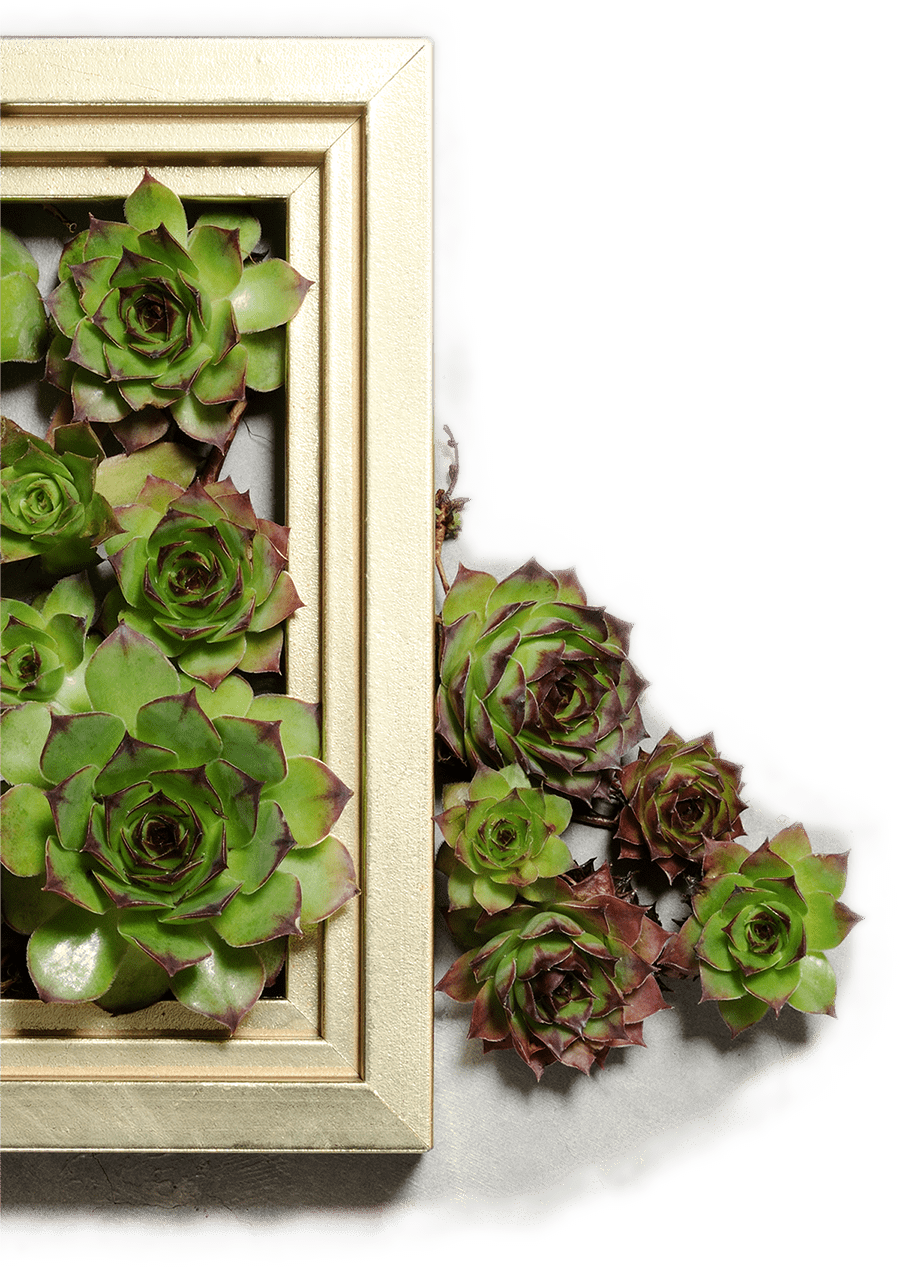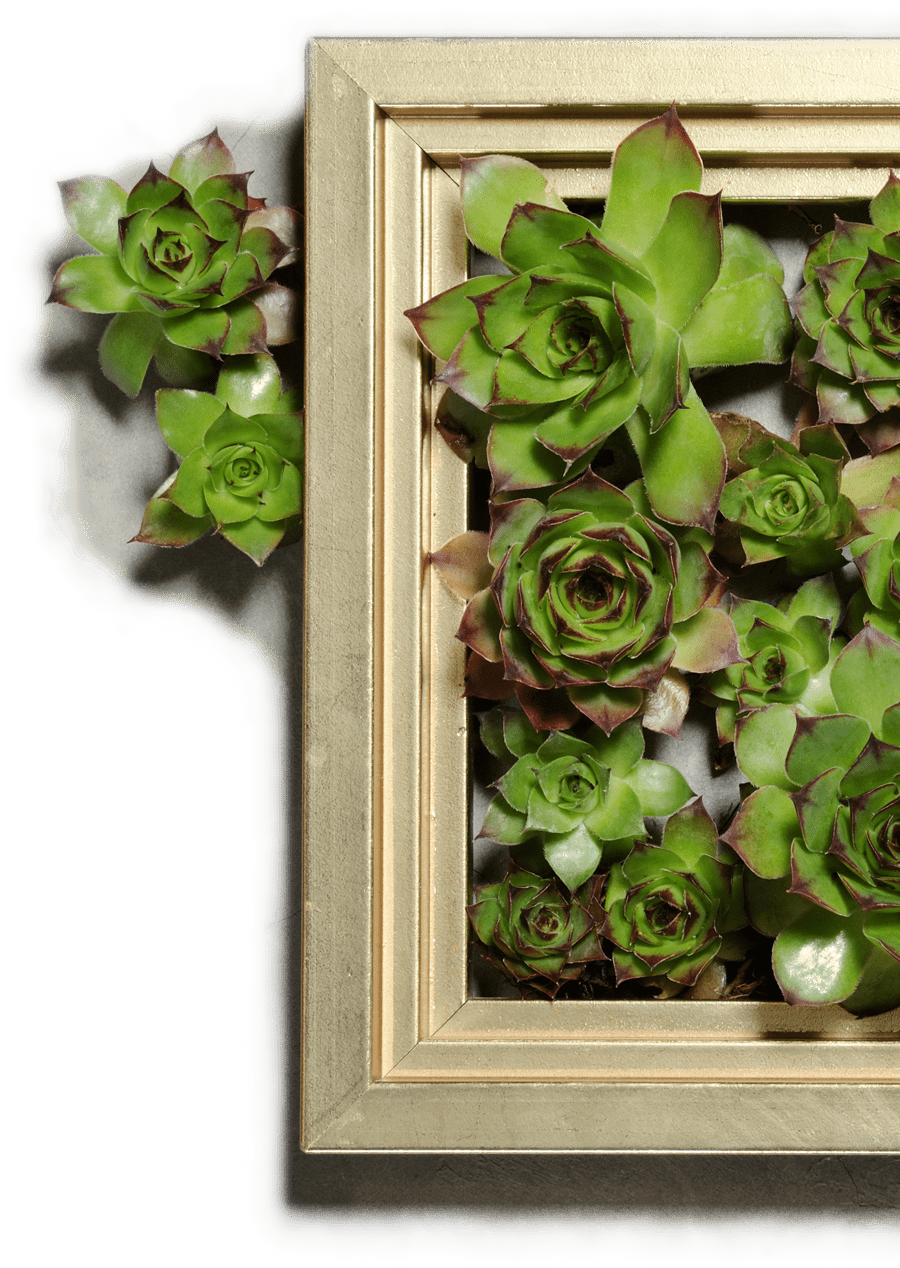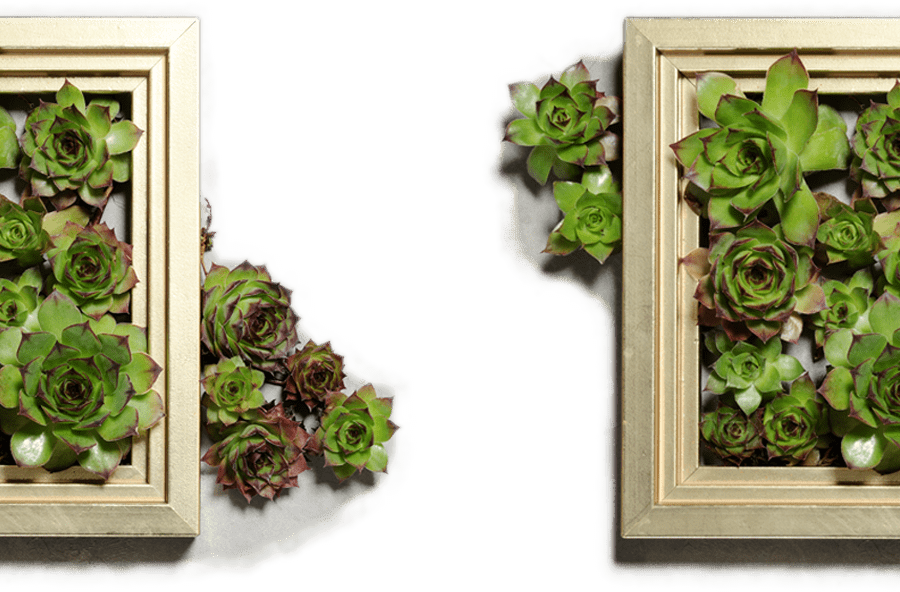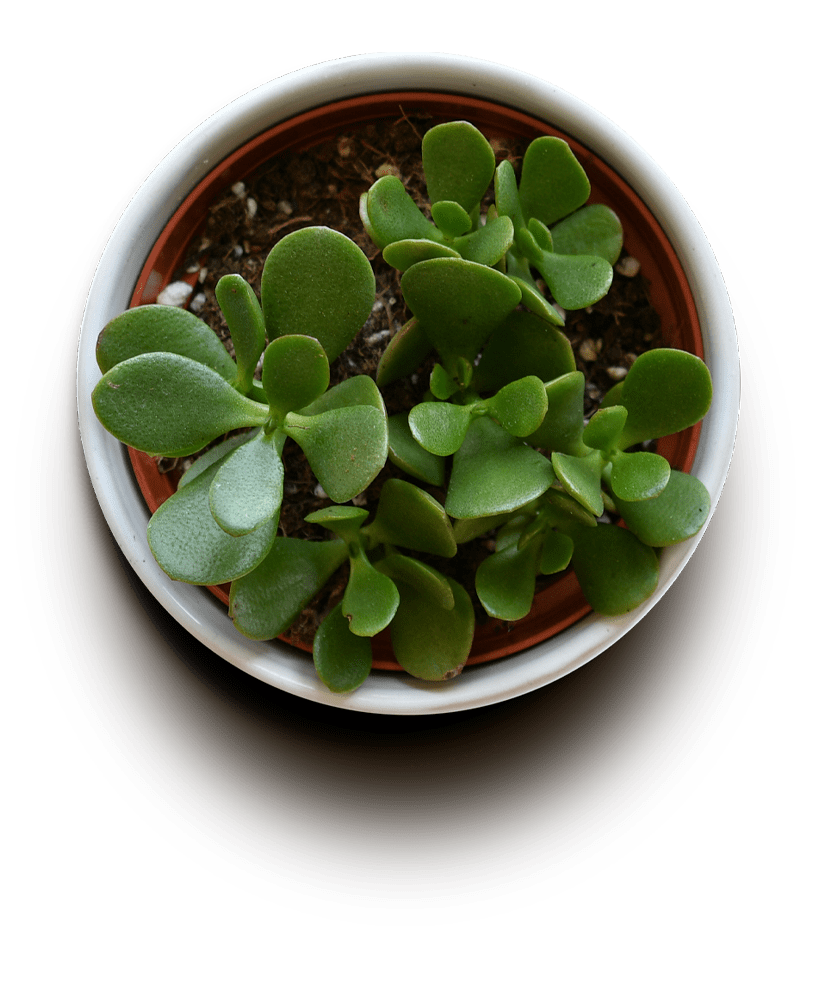


Every generation of homeschoolers sees a particular curriculum recommended by all of their peers. When it came to choosing something for math, I listened. I bought. We did it.
And it is one thing I regret . . .
My boys never liked math, but I don’t believe it had to be that way. I can’t help but think if we had taken a different approach they would have enjoyed it more when they were young, had a better grasp of the concepts, and developed the ability to think mathematically. Perhaps it still wouldn’t have been their favorite subject, but I have no doubt it would have been better than what we did.
Why? Because by doing it differently I would have chosen to be bold instead of letting my fear drive me—fear that I would leave gaps in their math education and fear that they wouldn’t have a firm foundation for the skills they would need in their middle and high school years. I would have been more diligent in seeking out what was best for them instead of relying on what others decided about how we should teach math.
. . . I wish I had been more bold.

- You trust that God will lead you to find what is best for your children.
- You know that one size does not fit all.
- You believe children are capable of learning any subject, although it may look different than how your friend’s children learn.
- You realize that how kids learn is just as important as what they learn.
- You recognize how you were taught a subject in school doesn’t mean there isn’t a better way.
Now, after having graduated my own kids—and seeing how God provided for them where I lacked in an area—I know even our experience with teaching and learning math wasn’t wasted.
My hope is that you’ll learn from my mistakes. That you will choose boldness when it comes to teaching math in the elementary years. That you will give them not only a strong foundation, but also inspire them to enjoy it. Whether your kids thrive with a more traditional approach or they are struggling, natural learning can be a central part of your overall teaching approach.
At some point, you’ll introduce more written work. But even when you do, you’ll want to continue to incorporate math in more natural ways as well. By doing so, your children will see how math connects to their real life.
Play games. Kids will count, learn how to follow directions, and develop critical thinking skills. They add when they move ahead and subtract when they have to “go back two spaces.” There are even games designed to teach and reinforce specific mathematical skills.
As your children get older they can…
Play more advanced games that require more strategy and higher level thinking skills. Just consider what they are learning with these popular games:
- Battleship teaches coordinates.
- Monopoly teaches finance.
- Blokus teaches spatial reasoning.
- Ticket to Ride, Catan, and Pandemic teach strategy.
- Sequence teaches sequencing. (That one was kind of obvious, I know.)
- Risk teaches conflict resolution…oh wait, we were
talking about math. I had a friend once tell me that early on they had to stop playing this game for the sake of peace in their marriage, so I always associate risk with that story.
Read fun picture books about math concepts. Young learners, as well as old, love stories. By incorporating math concepts into story form, kids understand them in a memorable way since our brains are trained to recall stories. It’s a fabulous way to take complex ideas in a simplified and relatable way.

- Write a story that illustrates a math concept to a younger audience to solidify their own understanding. People who write children’s books are masters at taking difficult concepts and explaining them in a way children can understand, so this will stretch your older students.
- Read biographies about mathematicians and inventors.
Put jigsaw puzzles together. According to Dr. Susan Levine, “Puzzles are an opportunity for young children to explore key early math concepts, including shapes, sizes, and how and where one puzzle piece fits with another to make pictures or designs.” As you work on puzzles together as a family, you can prompt them with questions and directions like, “What would happen if you turned that piece the other direction?” or “Let’s look for a piece with two edges.”
Play with patterns. You can purchase pattern cards and counters in different colors at a local education store or make your own. Patterns help kids learn the skills of sequencing and develop the ability to predict what will come next.
Puzzles and patterns go hand in hand, so many of the skills will overlap.
As your children get older they can…
- Work on more and more difficult puzzles.
- Solve other types of puzzles as well—logic puzzles are great for teaching reasoning skills.
Go to the grocery store. Have your children count things and weigh the fruits and vegetables. Show them how to compare the prices. Ask them which product is bigger and which is smaller.
To easily implement these ideas, download the GrocerySchool printable you can use with your family, here.

- Create a map of the grocery store. Then for the next shopping trip, they can plan for how to shop the most efficiently.
- Organize the pantry before or after a grocery trip. They will be developing skills such as categorization, spatial recognition, and sequencing (oldest times up front, newer in the back).
- Develop a system your family can use to know when you run out of something.
- Look through the sales flyers (or online) to find out the specials of the week. Then plan meals based on the best deals.
- Figure out what the best deal is on the shelf. Is the name-brand item on sale really cheaper than the generic brand? Is buying fruit prepackaged in a bag a better deal? And even if it is, will a lot be wasted because they aren’t as good as the ones you would have chosen?
- Weigh produce and figure out how much the price will be based on the weight and price per pound. Let them check to see if they are right when you check out.
- Estimate the total before checking out and
then compare the estimates to the total. - Use a calculator to keep a running
total instead of estimating.
Cook with your kids. Let them measure things. Cut out shapes with cookie cutters in sugar cookie dough. Count how many pieces they need to cut the pie into to serve each family member. Count the silverware as they set the table.
As your children get older they can…
- Double and triple recipes.
- Write their own recipes.
Hang a calendar on the wall. So many of us now use digital calendars that we don’t tend to have a physical calendar. But when you have a printed calendar, you can point out the months, days, and weeks. They’ll pick up on the ideas of finding out information based in a chart format, and even learn to read grids.
As your children get older they can…
Design and use their own planner for life and school.
Get a clock with actual hands on it. Instead of filling out worksheets full of clock faces, simply have one in your home and bring it up in everyday conversations. Have them look at it regularly and ask them to figure out what time it is.
As your children get older they can…
- Use older clocks to recognize roman numerals.
- Look at a digital clock like the rest of us!
Whatever you choose, do it with boldness.

